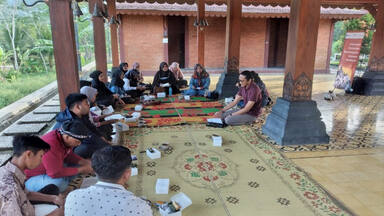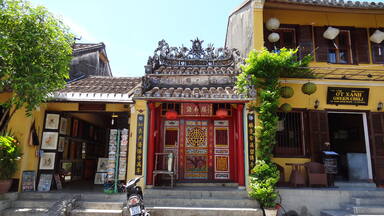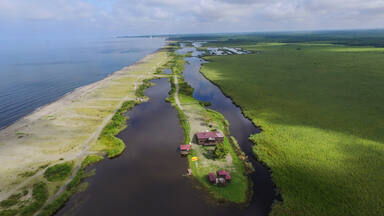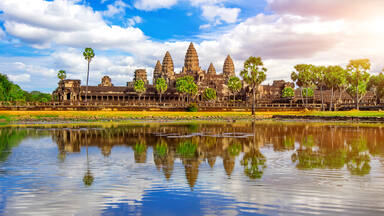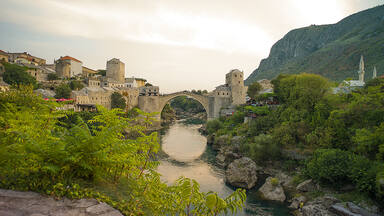The Lamu Old Town, a World Heritage site on the coast of East Africa about 350 km north of Mombasa, has seen its public spaces refreshed, access improved, and pride in the city's status as the oldest and best preserved example of Swahili settlement in East Africa restored thanks to funding received under UNESCO's Sustainable Tourism Programme.
The attractive town, built with coral stone and mangrove timber has long been popular with both domestic and international visitors in Kenya, however the COVID-19 pandemic led to a dramatic fall in visitor numbers, as well as the cancellation of major events such as the Lamu Cultural Festival - last celebrated in 2019- which has had a history of bringing tens of thousands of guests to enjoy Lamu and its architecture, Swahili culture as well as festivities since November 2001.
Fortunately, the Festival has restarted, with its first post-pandemic edition held from the 24th -26th of November 2022. The activities include dhow sailing races, donkey races, traditional henna paintings, poetry readings, music performances and competitive Bao games. Crucially, the event marked an important deadline for the town’s residents, who were mobilised to clear the streets of rubbish and debris that had accumulated, and restore many public spaces with fresh paint and improved access by road.
In total, 45 local people – many of them members of Lamu Theatre and Arts (LATA) – participated in the clean-up activities under a ‘Cash for Work’ scheme. During the festival, the clean-up exercises began as early as 4am and was complete by the time the festival began at 9am. An additional 15 people were employed during the festival itself to ensure the smooth running of the event, and to clean up the streets after the event was done. The visitor experience improved through participation of tour guides in training on sustainability and welcoming visitors.
According to Njeri Mbure from UNESCO’s Nairobi Office, the impact of this funding has gone far beyond the event itself, as it has encouraged the young participants to think about the impact that visitors have on the local community and the environment – and has also helped to open up conversations with visitors about these important topics. UNESCO’s Sustainable Tourism Pledge has proved a very useful starting point for these conversations too, as explained in the following video:
By tidying up the town, repainting its iconic World Heritage sign and improving access by road, these funds have helped to restore pride of place among the local community and remind the local community of the value that tourism can bring to the town.
The project work in Lamu Old Town is one of two sites to have received funding under this programme, the other being at Fort Jesus in Mombasa.
Local implementation partner: Kenya Tourism Board and National Museums of Kenya coordinated by UNESCO Nairobi Office.
I am a single mother of 4 children and an artist with LATA. I am grateful to UNESCO for giving me this opportunity to work. As a result, I have been empowered financially and I have been able to pay school fees for my children. I am grateful that even young people have had an opportunity to work and that they are no longer loitering in the town. I have witnessed the drastic change in Lamu Town; it has now become much cleaner and more environmentally friendly. We hope this project continues so that I can continue to earn money. After this project, I still plan to continue working with LATA.“
About Lamu Old Town
Lamu Old Town is the oldest and best-preserved Swahili settlement in East Africa, retaining its traditional functions. Built in coral stone and mangrove timber, the town is characterized by the simplicity of structural forms enriched by such features as inner courtyards, verandas, and elaborately carved wooden doors. Lamu has hosted major Muslim religious festivals since the 19th century, and has become a significant centre for the study of Islamic and Swahili cultures.
Project background
The ‘Promoting sustainable tourism and private sector engagement for inclusive community development in response to the COVID-19 crisis’ project was developed by UNESCO thanks to support provided by the German Federal Ministry for Economic Cooperation and Development (BMZ) and the Deutsche Gesellschaft für Internationale Zusammenarbeit (GIZ). The project aimed to address some of the immediate socio-economic impacts of COVID-19 on tourism and heritage and was implemented across seven countries and ten World Heritage communities.
Discover more
Discover more about what this programme is delivering on the ground, as well as personal stories from those who have been involved



